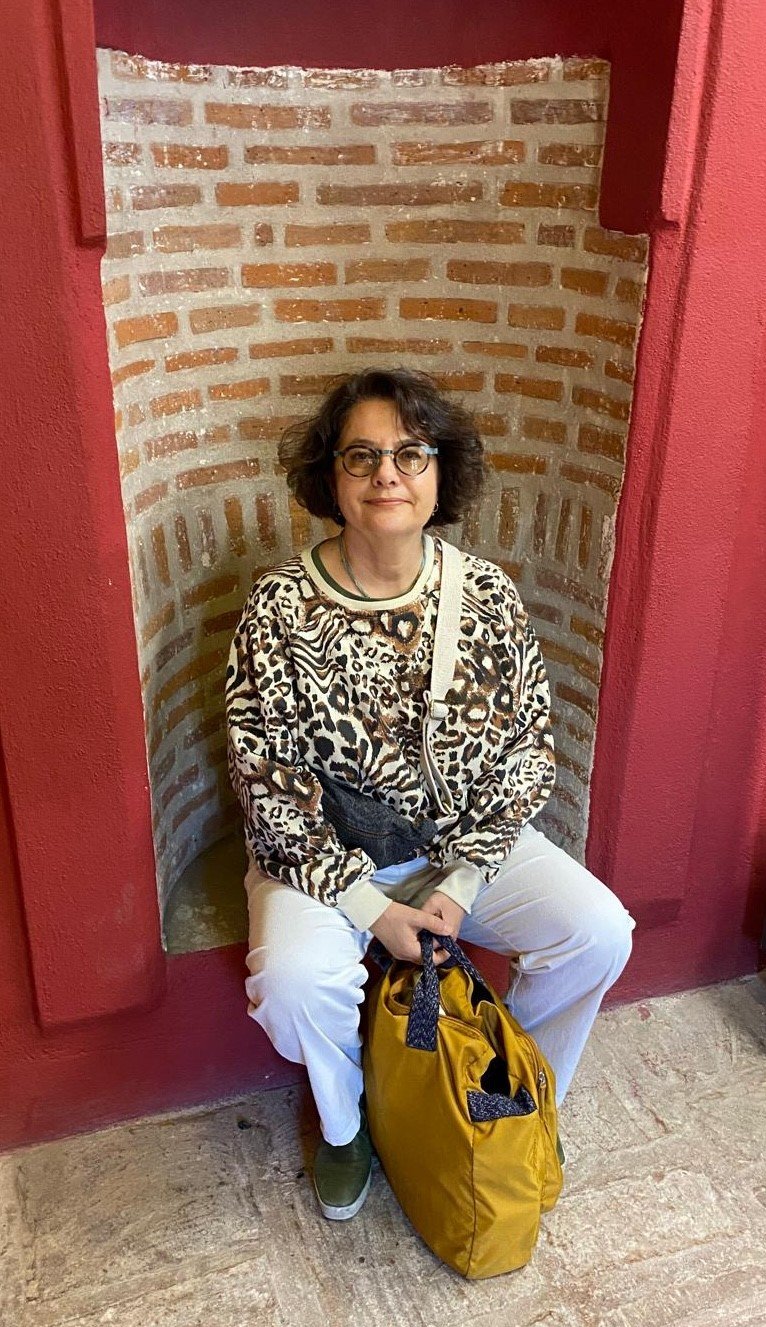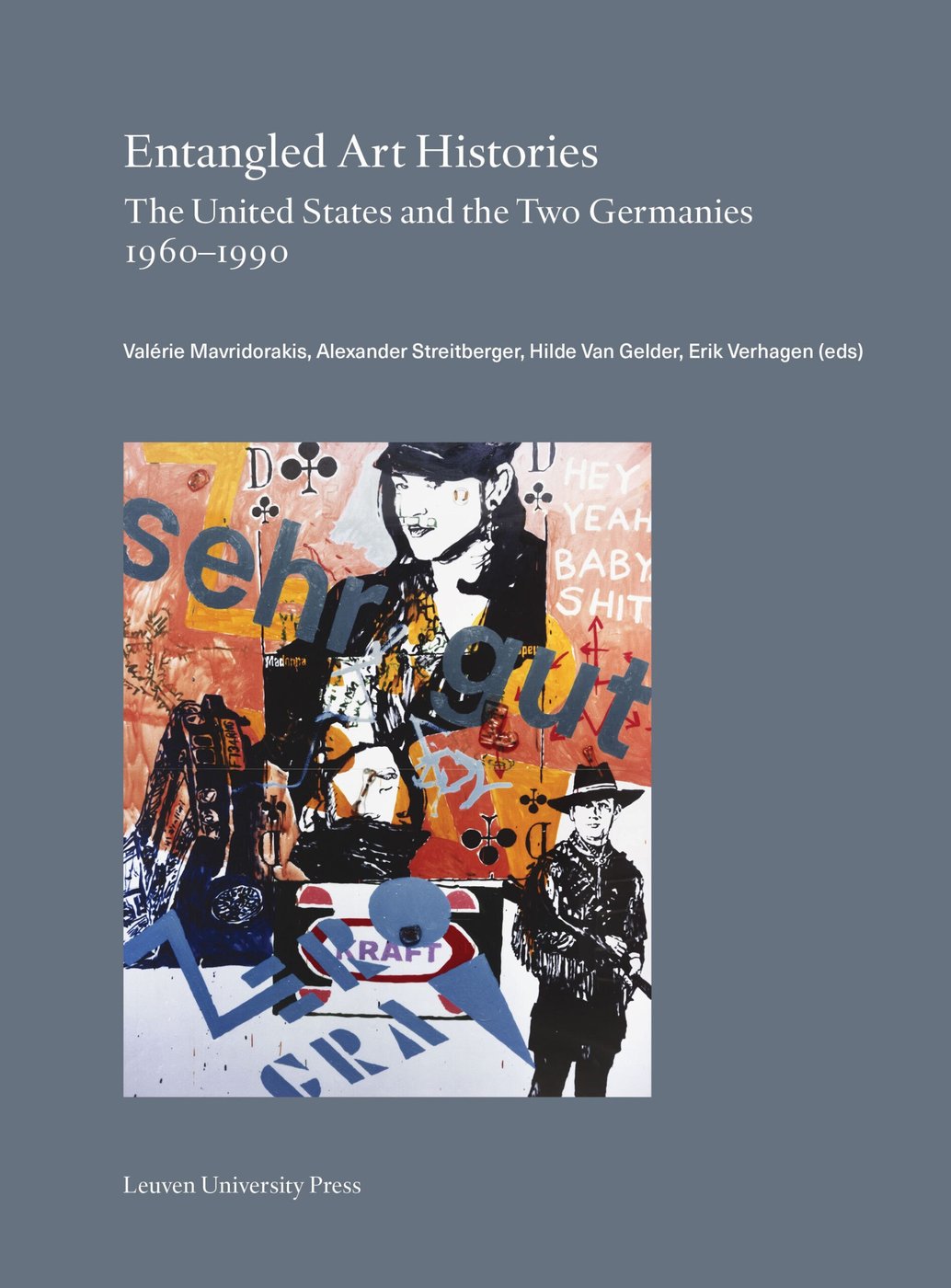Entangled Art Histories
Invitation to two lectures and a book presentation, organized by Sabeth Buchmann, Institute for Art Theory and Cultural Studies.
17 h: Valérie Mavridorakis
Twilight of the idols: minimalism as a surface for ideological projections
In 1975, artists Ian Burn and Karl Beveridge published a pamphlet in The Fox against Donald Judd, a prominent figure in Minimalist art. The accompanying picture shows the American sculptor in a close-up, seated on a high-backed chair like an emperor on his throne. This image seems to anticipate the multiple criticisms that would develop in the last quarter of the twentieth century against Minimalism as an expression of power, whether understood as narcissistic, gendered, imperialist or all three. Reactions to minimalism seem to signal the defeat of the neutral, which Roland Barthes saw as “the suspension of the conflicting data of discourse” (Le Neutre. Cours au Collège de France, 1978). This talk will seek to draw conclusions from the variations in the reception of this supposedly neutral art.
Valérie Mavridorakis is Professor of contemporary art history at Sorbonne University and a member of the André Chastel Center. Her research focuses primarily on American art of the 1960s and 1970s and, currently, on processes of socio-artistic hybridization with a project entitled “Studios on the Ocean.” She is the author of numerous articles on artists such as Carl Andre, Richard Artschwager, Donald Judd, Robert Morris, Fred Sandback, Robert Smithson, etc., and recently published the monograph Siah Armajani, pragmatisme et anarchie (Presses du réel, 2021). She has translated, edited, and written the afterword, with Gilles Tiberghien, Carl Andre, Hollis Frampton, 12 Dialogues, 1962-1963 ([1982], Macula, 2023) and co-edited, with Alexander Streitberger, Hilde Van Gelder, and Erik Verhagen, Entangled Art Histories: the United States and the Two Germanies 1960-1990 (Leuven University Press, forthcoming in 2025).
18 h: Alexander Streitberger
Monotony, Symmetry, and Surprise. The Ambiguous Grid of Minimalism
In 1969, Robert Morris wrote in his Notes on Sculpture, Part 3: “The forms used in present-day three-dimensional work can be found in much past art. Grid patterns show up in Magdalenian cave painting.” While most artists and critics of Minimalism – including Morris himself – emphasize the grid as a neutral structure and defining method of distribution and placement, this reference opens up a different path. By locating the origins of the grid in Paleolithic art, Morris connects his work (and other recent art) to historical, anthropological, and even symbolic or religious dimensions that are supposedly banished from the serial logic of Minimalism. In fact, I will argue against the widely proclaimed idea of the minimalist structure-grid, which insists on its spatial, material and formal characteristics (John Elderfield) and “crowds out the dimensions of the real” by constituting an autonomous, anti-hierarchical system. (Rosalind Krauss) Discussing works of artists such as Agnes Martin, Sol LeWitt, Robert Morris, and Dan Graham, I will show that the use and function of the grid in Minimalism is ambiguous. On the one hand, it is a pre-established matrix in which the elementary units are defined by an overall structure. On the other hand, it reintroduces the real by referring to cultural, architectural, scientific, and sentimental dimensions and practices of everyday life.
Alexander Streitberger is professor of Modern and Contemporary Art History at the University of Louvain (UCLouvain). He is director of the Lieven Gevaert Research Centre for Photography, Art, and Visual Culture and editor of the Lieven Gevaert Series. His research interests are focused on the relationship between language theory and art, photography and intermediality, the encounter between the still (photographic) image and the moving (filmic) image, and panoramic and dioramic images within contemporary art and visual culture. He curated exhibitions at Musée L, Louvain-la-Neuve, such as Peter Downsbrough / Artists and Photographs (2009), Passages. La photographie dans l’art vidéo (2015), Real Fiction. Le livre d’artiste entre histoire et fiction (2019), Staged Bodies (2020), The Grid (2023/24). His recent publications include The Photofilmic. Entangled Images in Contemporary Art and Visual Culture, co-edited with Brianne Cohen (Leuven University Press, 2016), Staged Bodies. Mise en scène du corps dans la photographie postmoderniste (Gent, Snoeck, 2020), Psychical Realism. The Work of Victor Burgin (Leuven University Press, 2020), The Grid (Brussels, Racine, 2023). Entangled Art Histories: the United States and the Two Germanies 1960-1990, co-edited with Valérie Mavridorakis, Hilde Van Gelder, and Erik Verhagen (Leuven University Press, forthcoming in 2025).
19 h: Presentation of the reader Entangled Art Histories. The United States and the Two Germanies, 1960-1990
Edited by Valérie Mavridorakis, Alexander Streitberger, Hilde Van Gelder, Erik Verhagen
Entangled Art Histories offers new insights into the artistic, cultural, and institutional exchanges between West and East Germany and the United States that gradually emerged in the wake of movements such as Fluxus, Pop Art, Minimalism and Conceptualism. The essays in this volume, written by internationally renowned scholars, address key issues ranging from travel and infrastructure to East-West cultural policy during the Cold War. By exploring the exhibition strategies, controversial receptions and geopolitical concerns of these entangled histories, this book contributes to a better understanding of the dynamic interplay between artists, galleries, and museums from a transnational perspective.
Lieven Gevaert Series, 35, Leuven University Press, 2025


